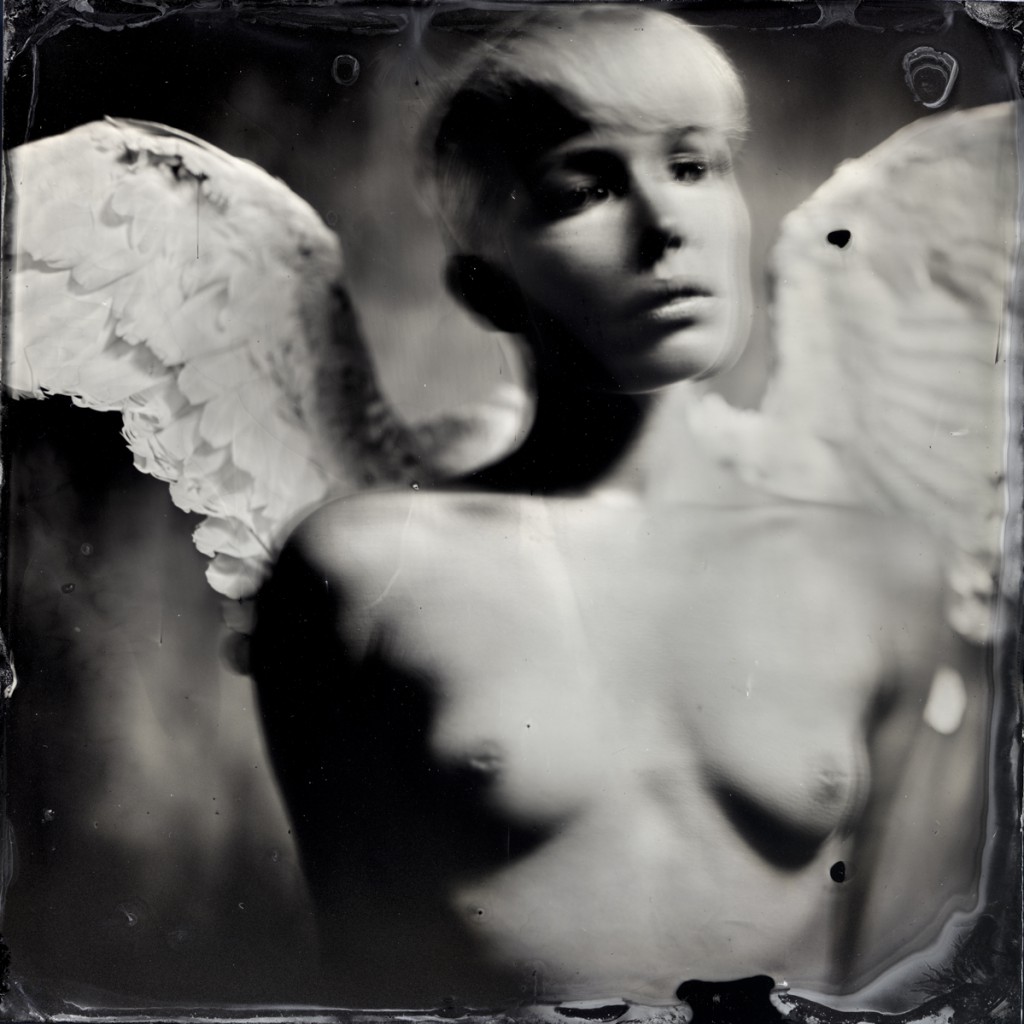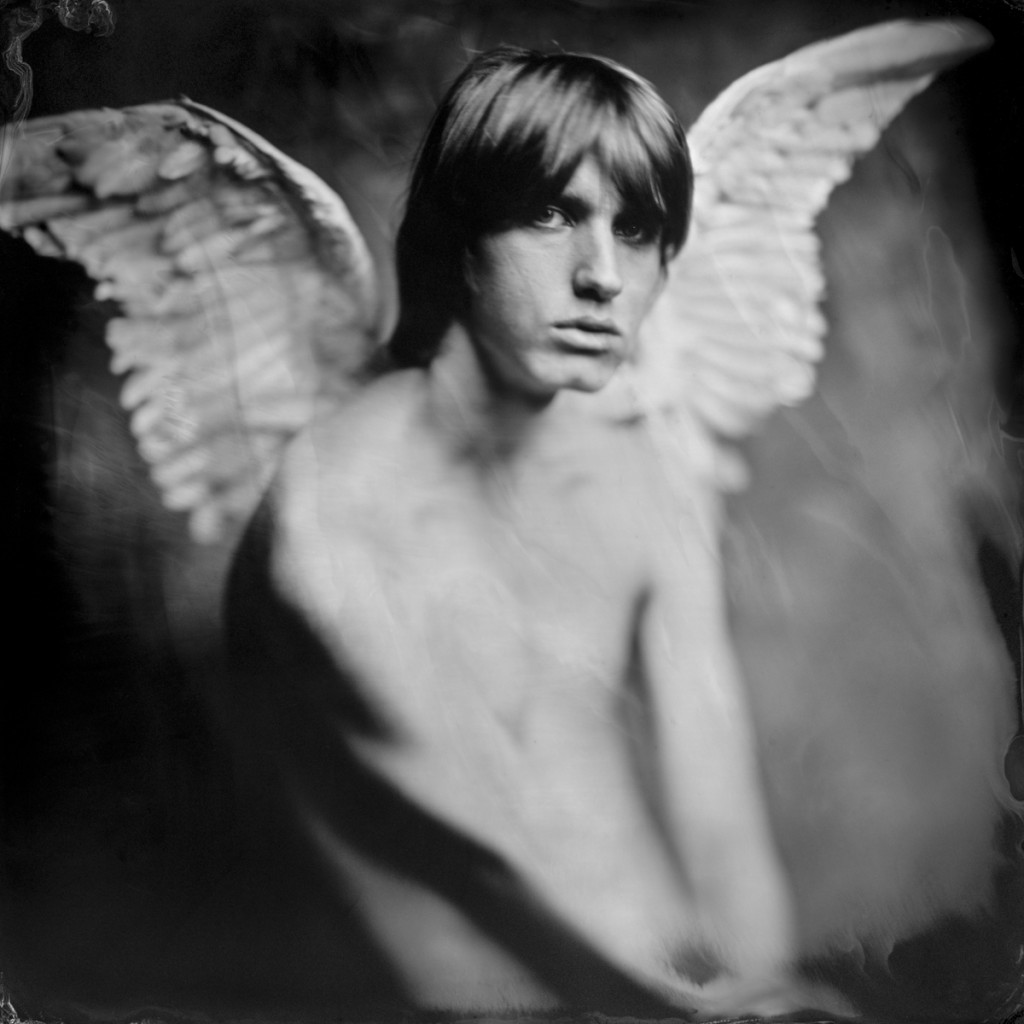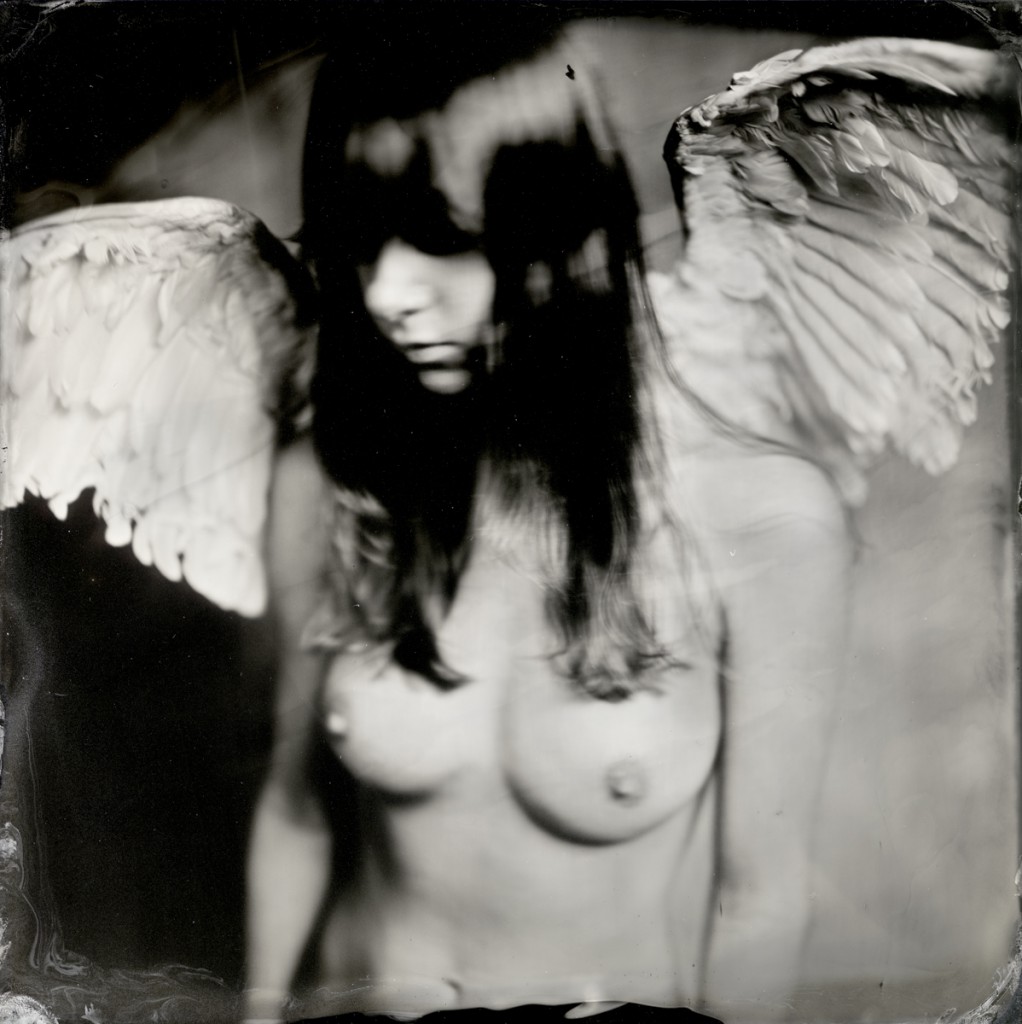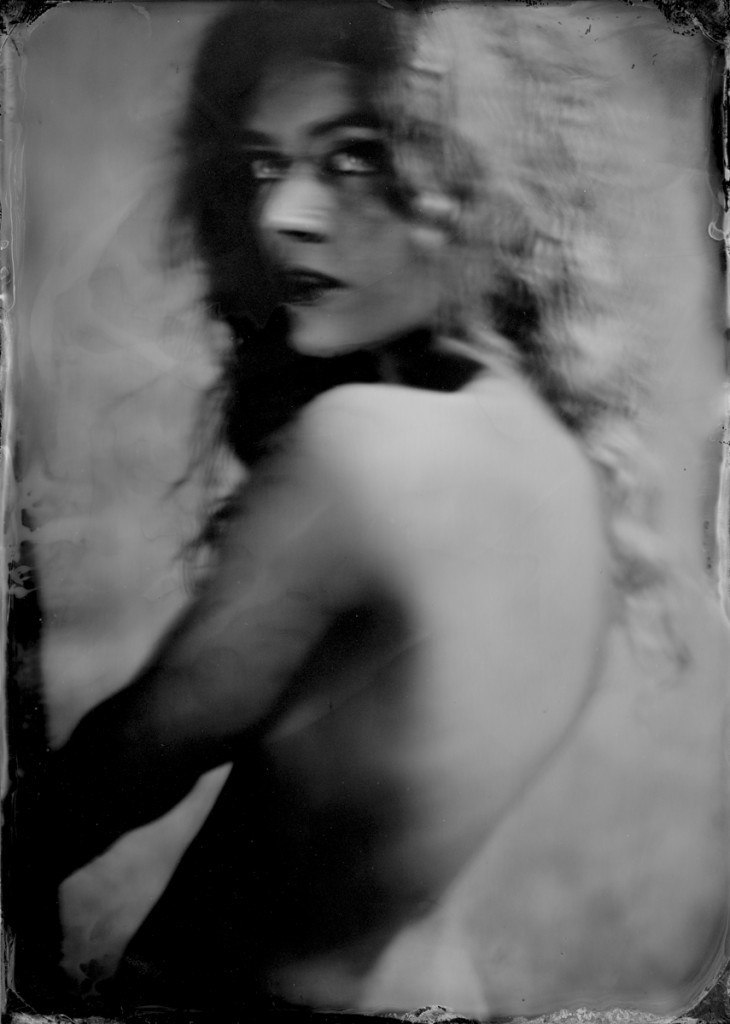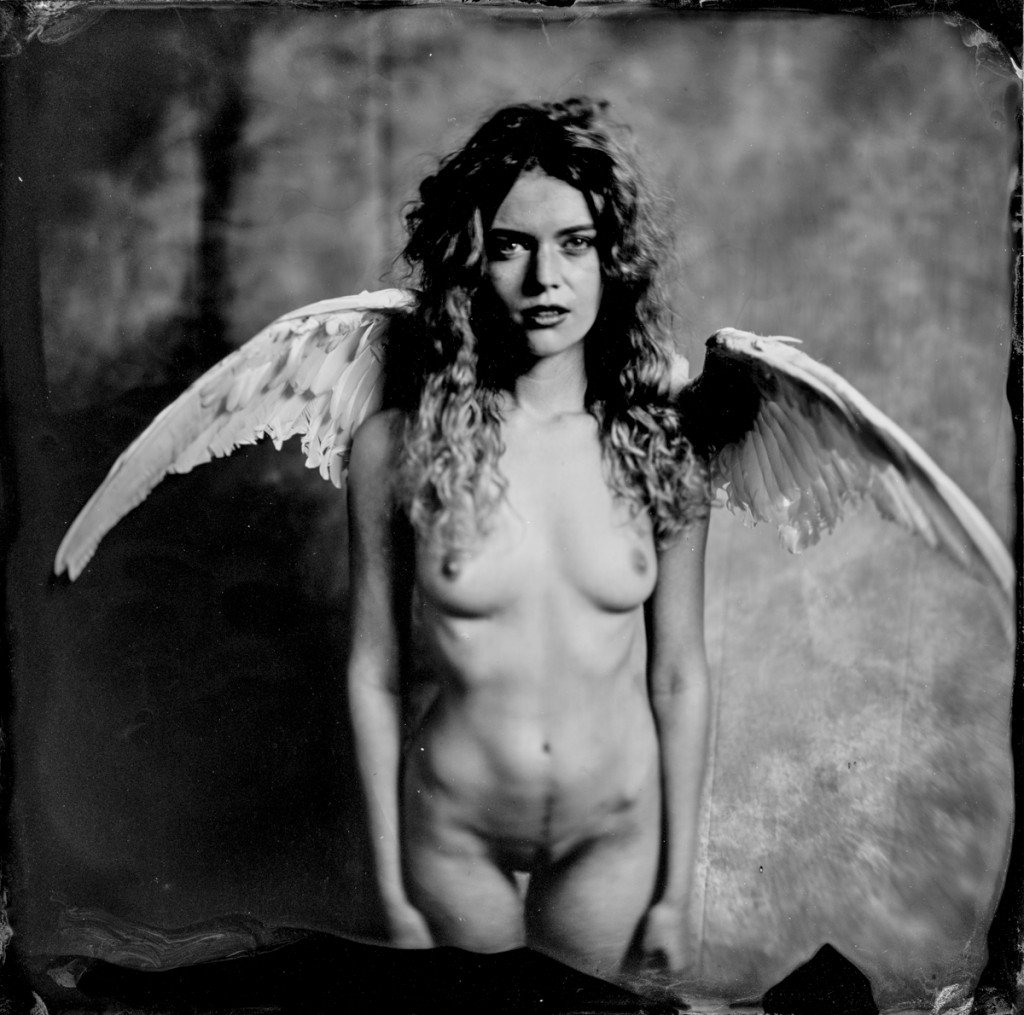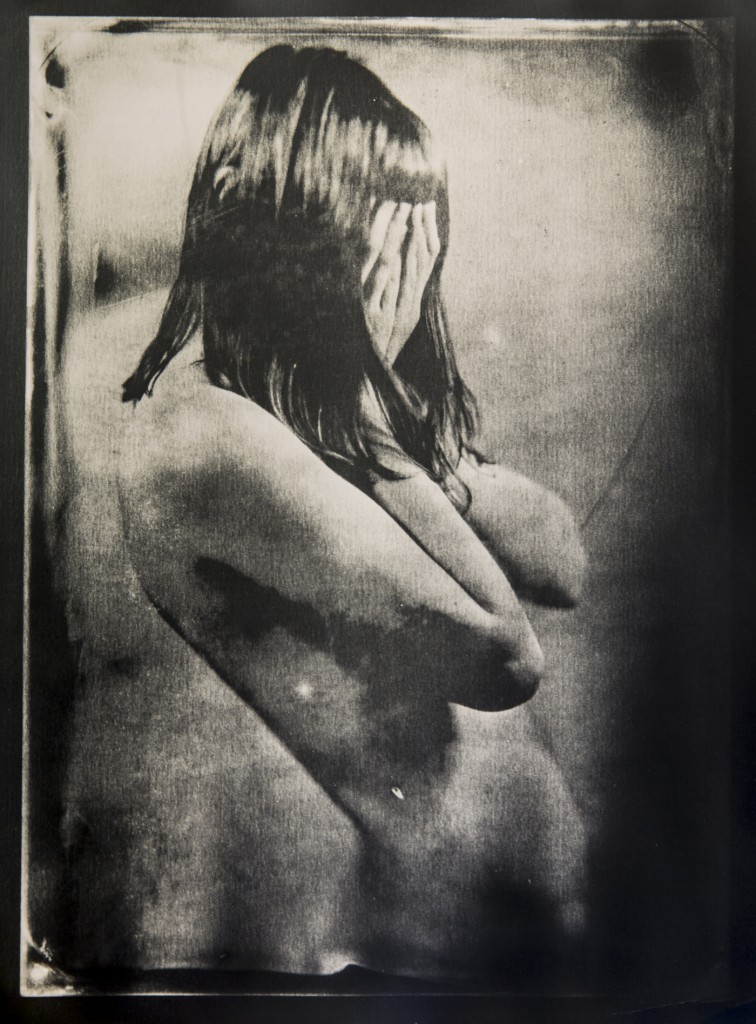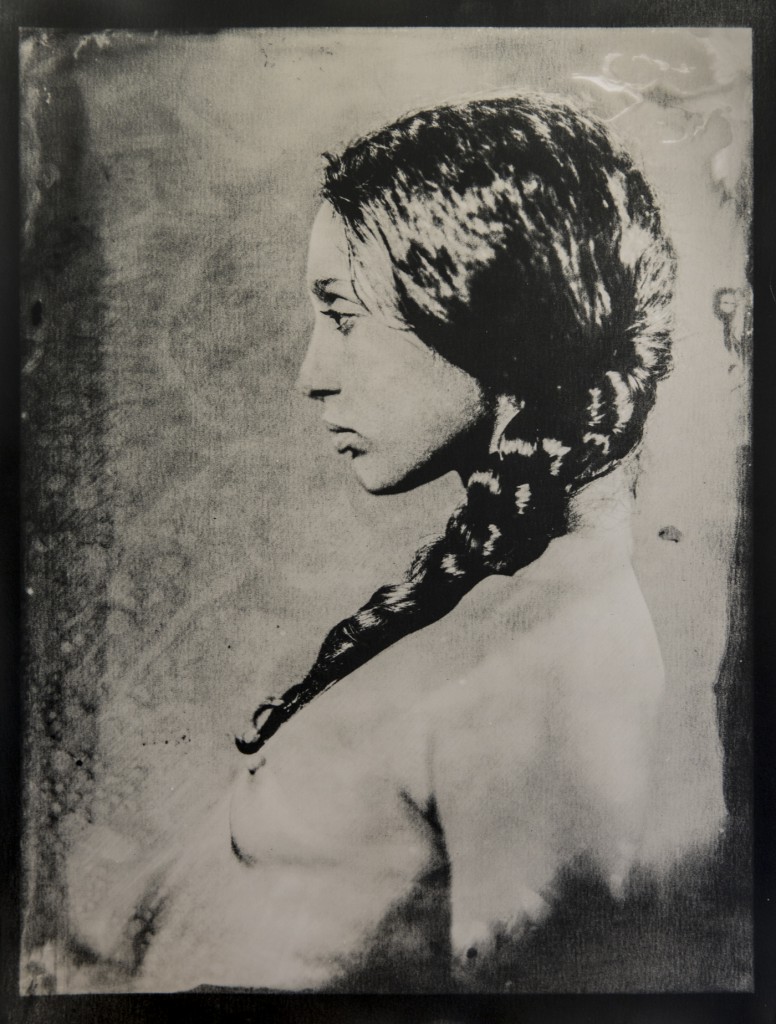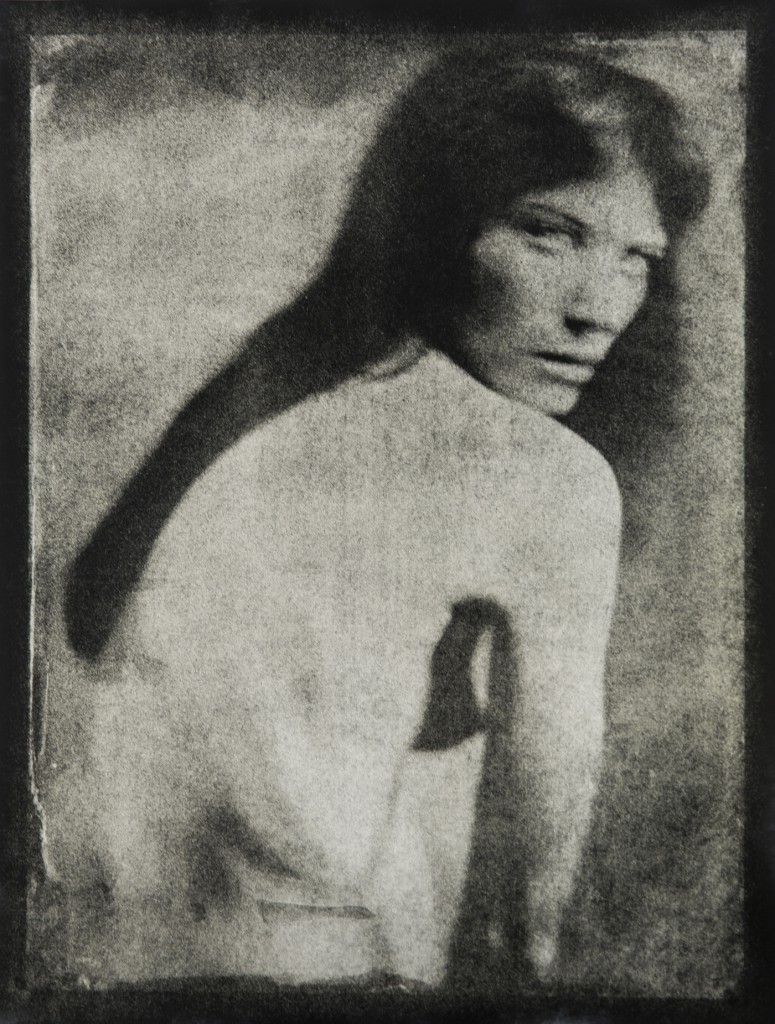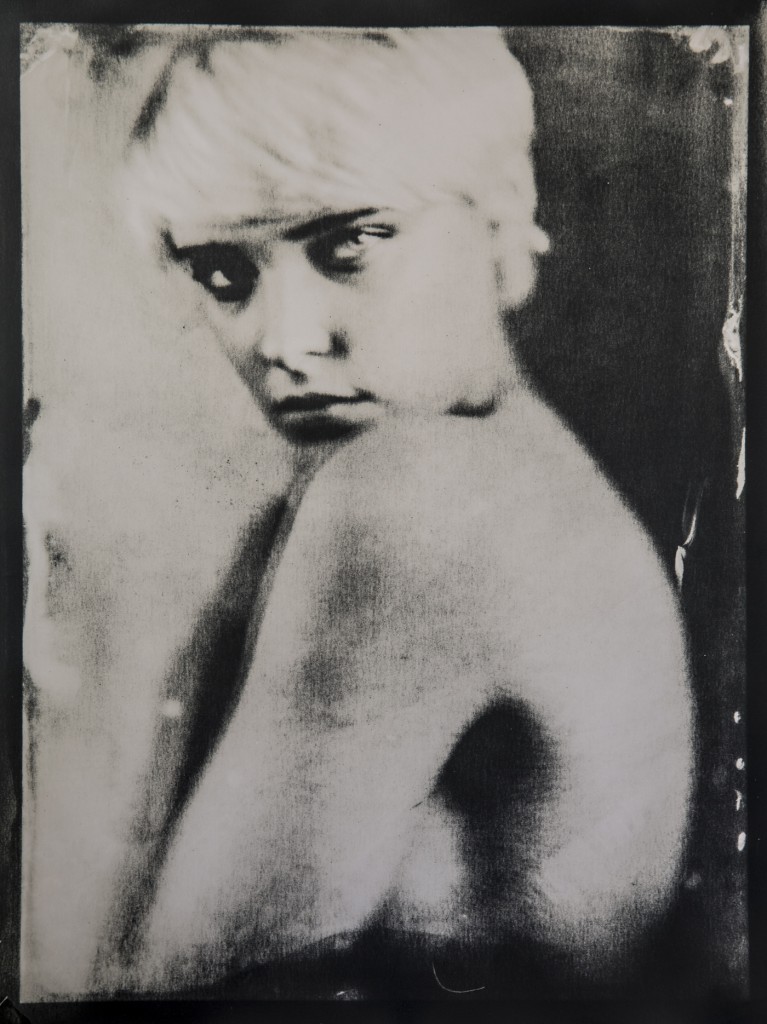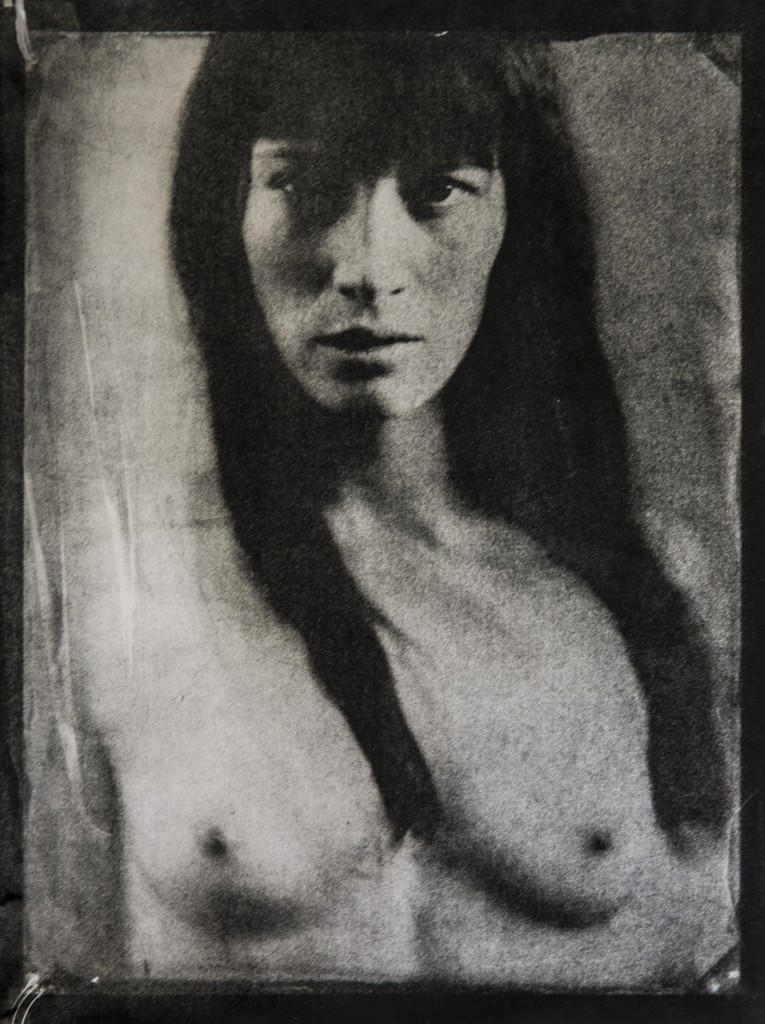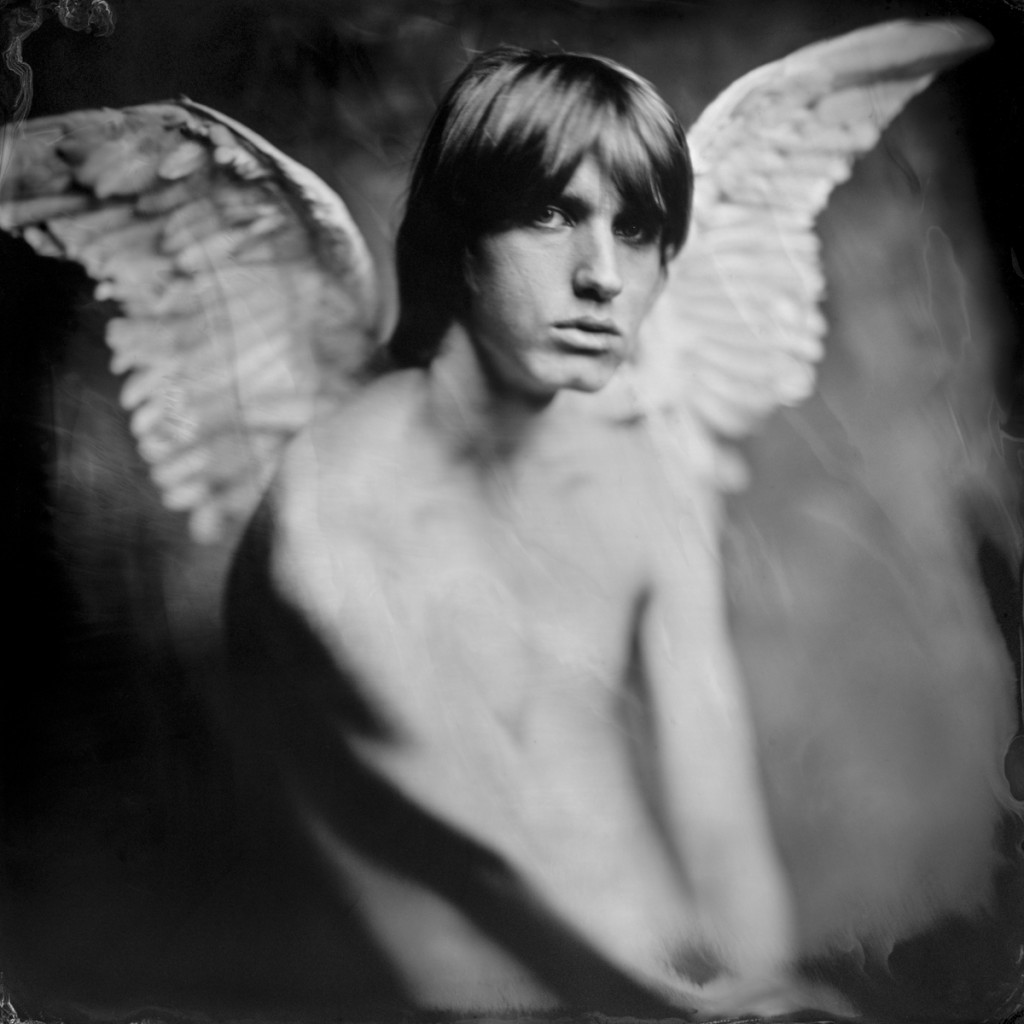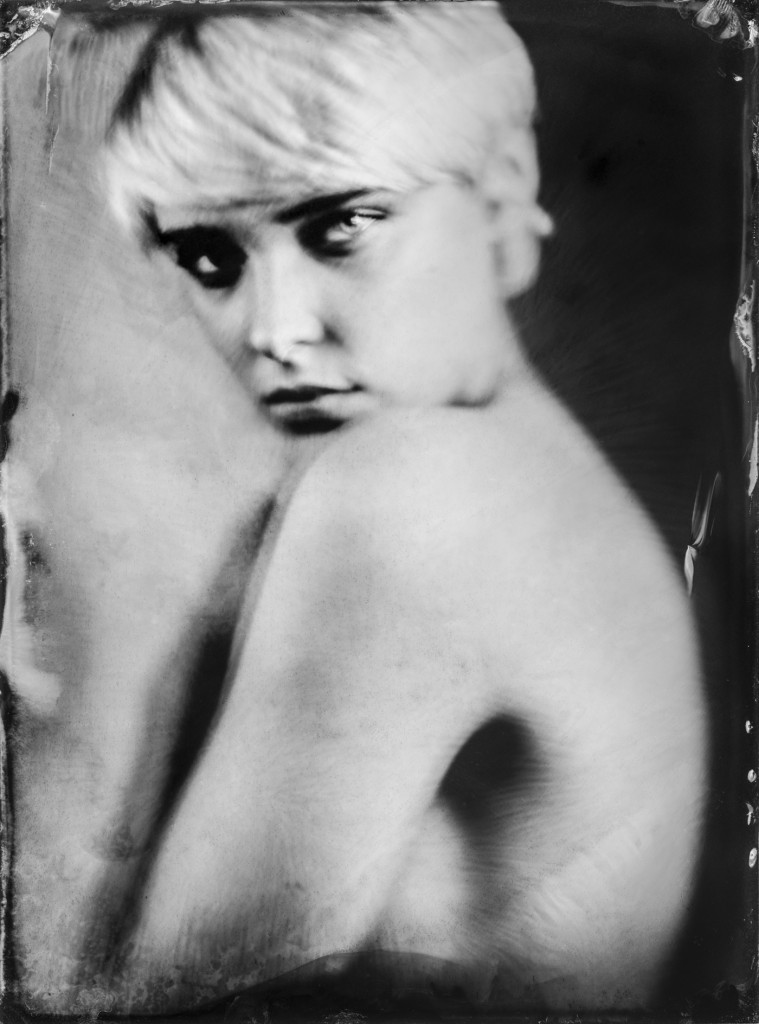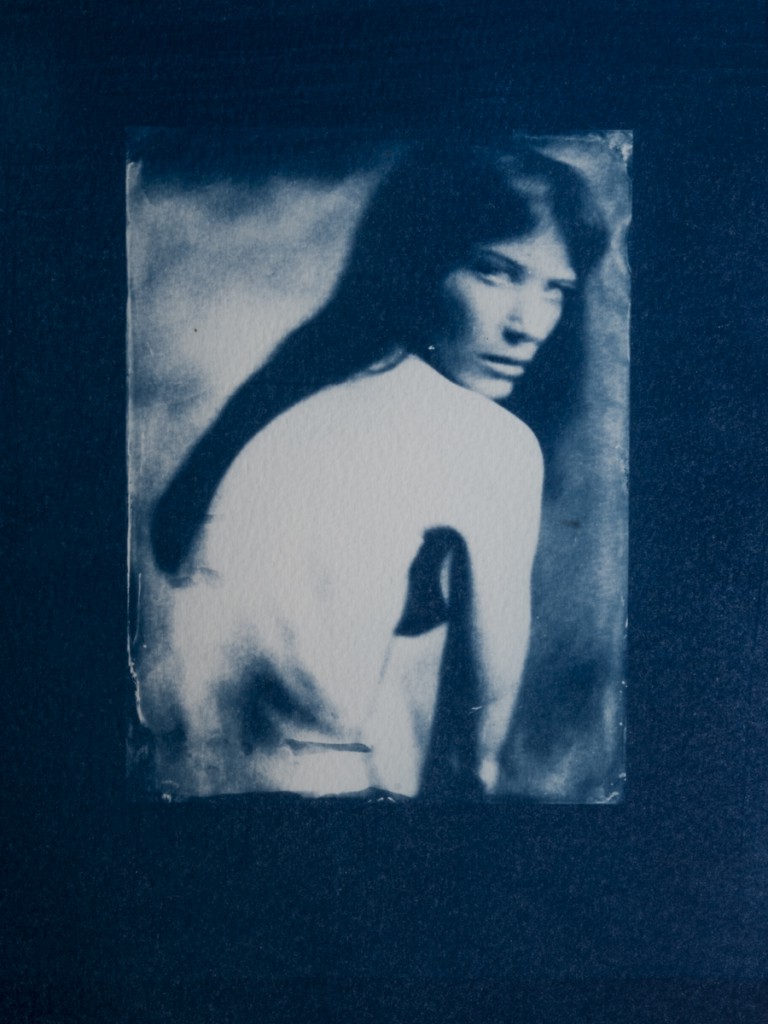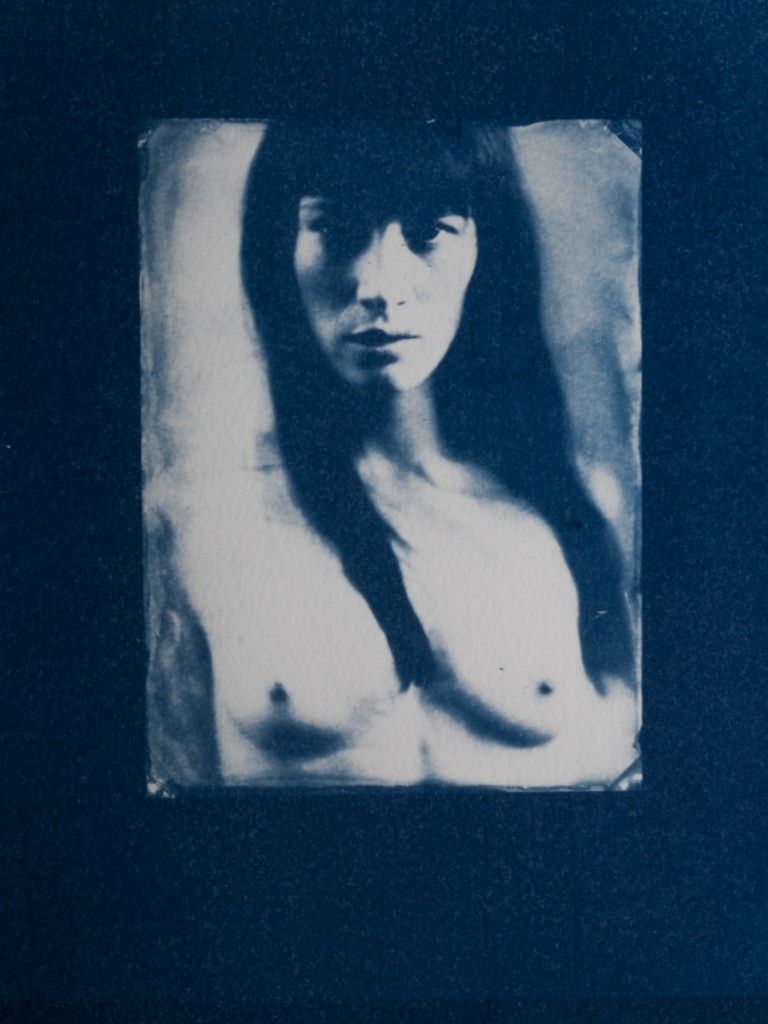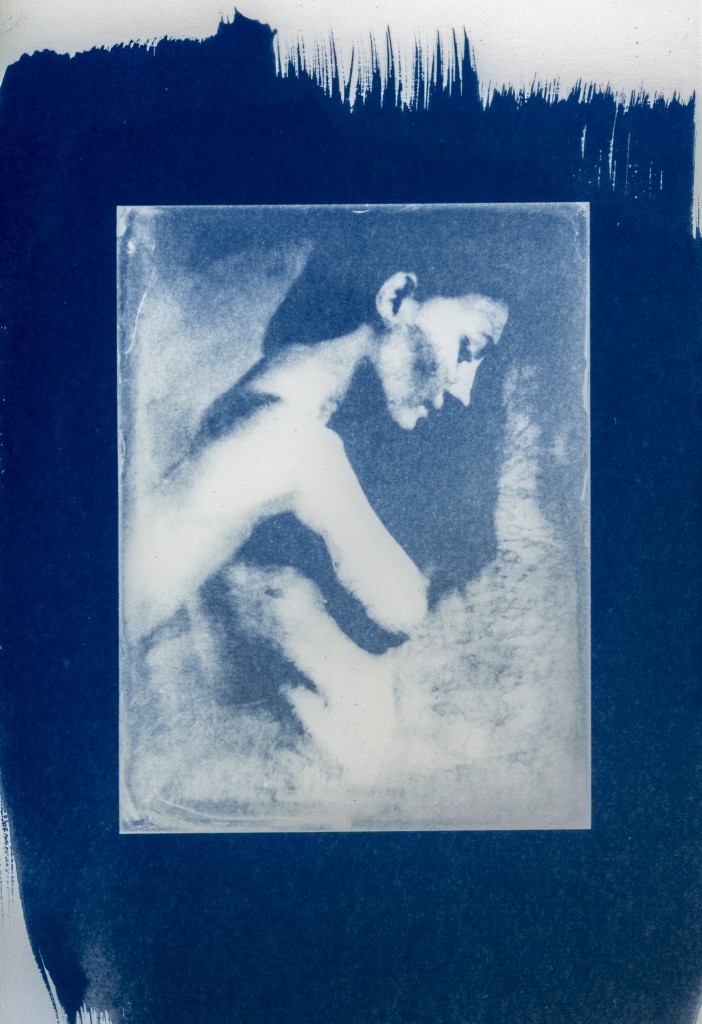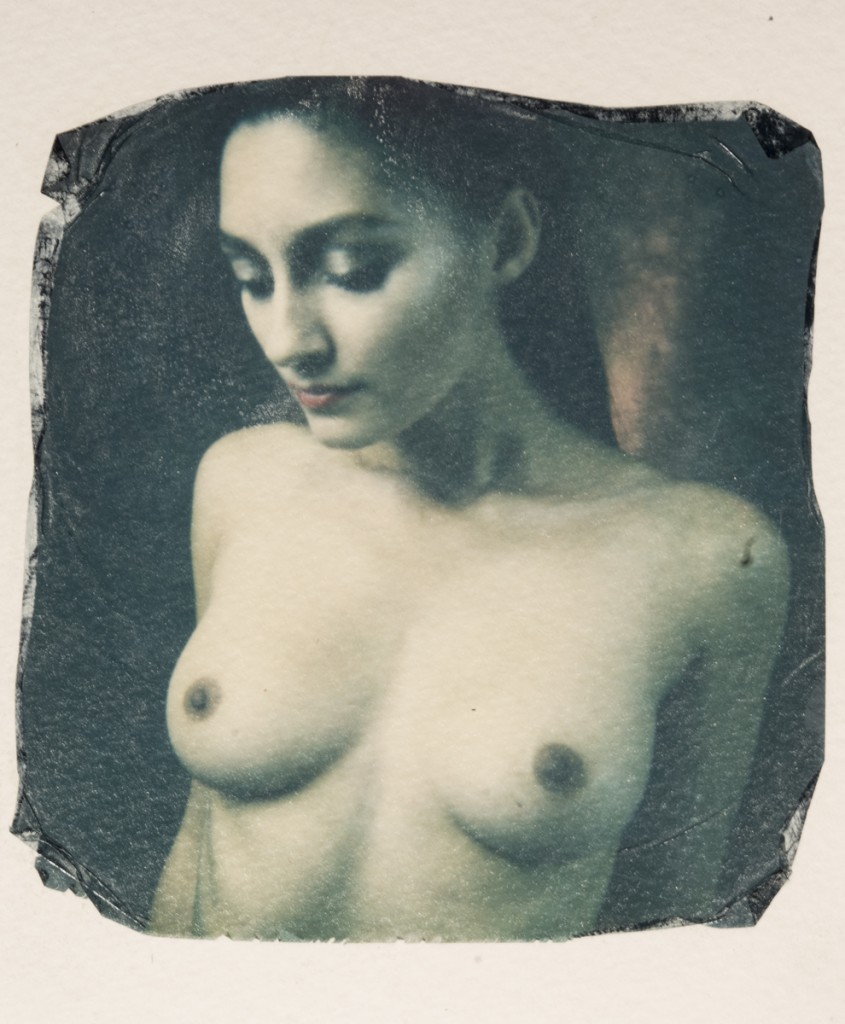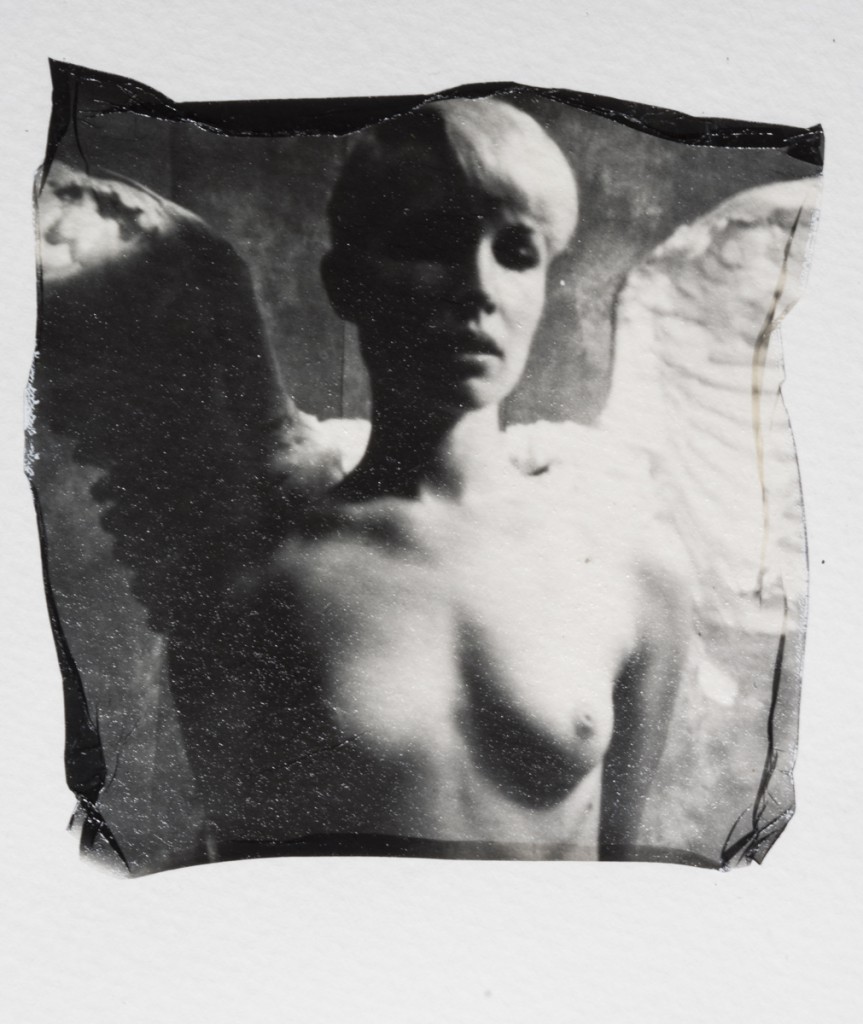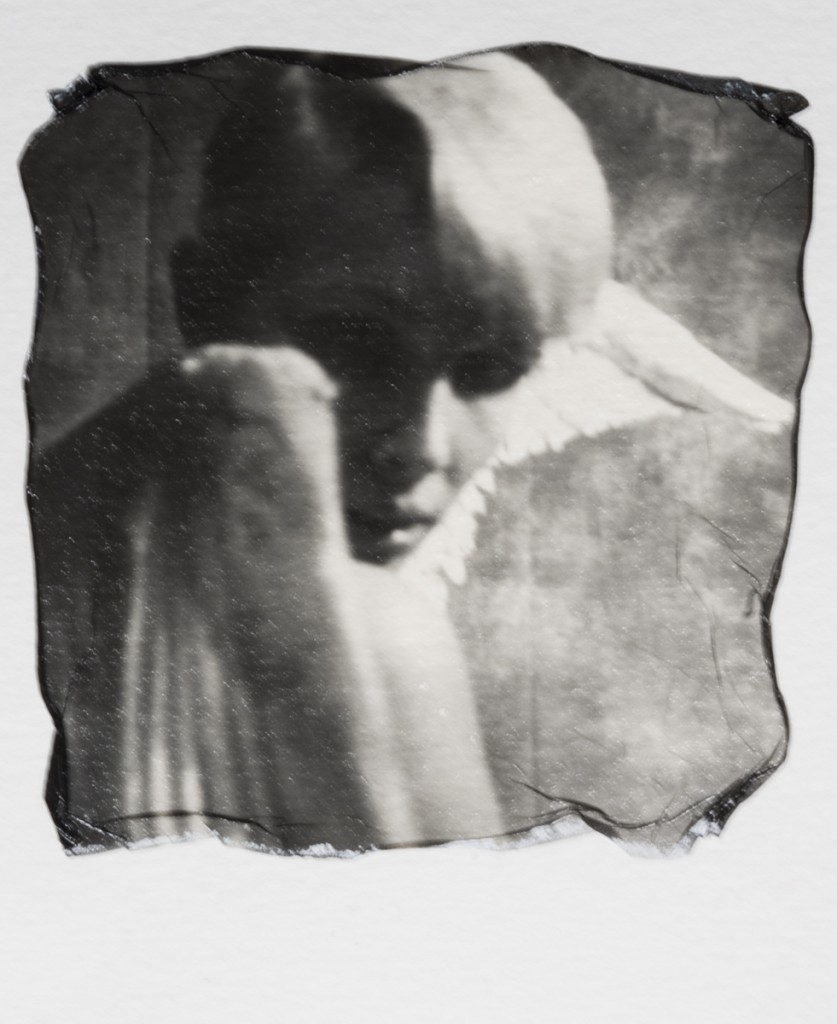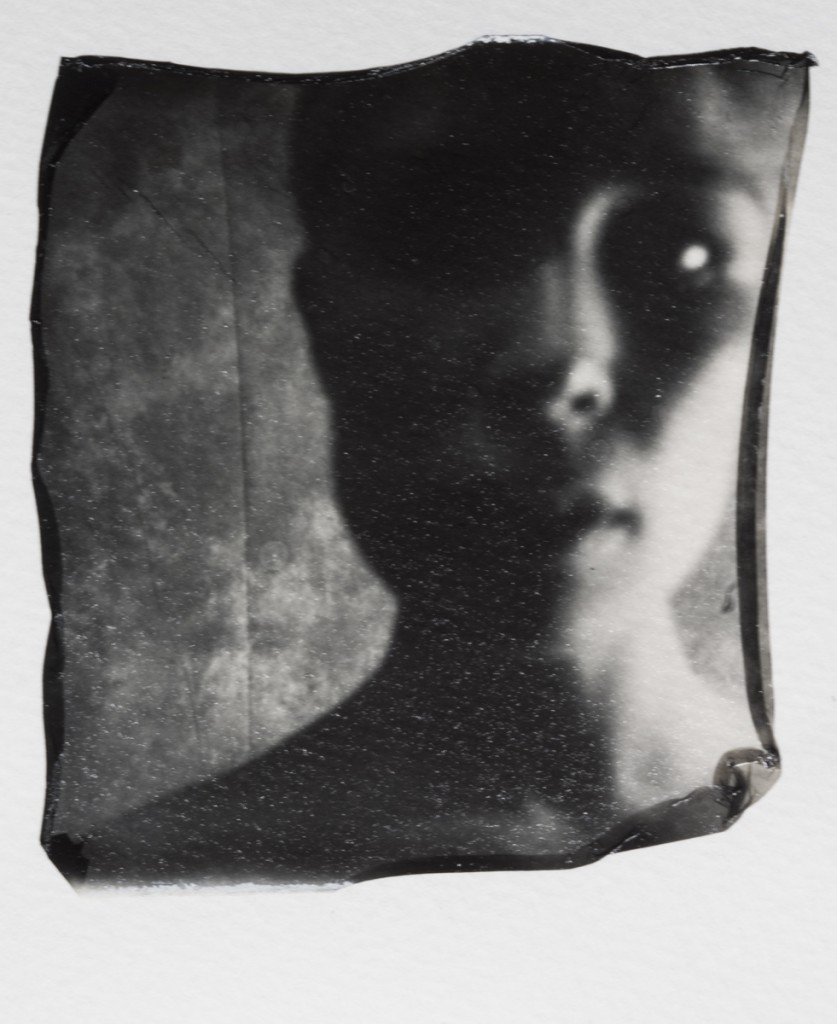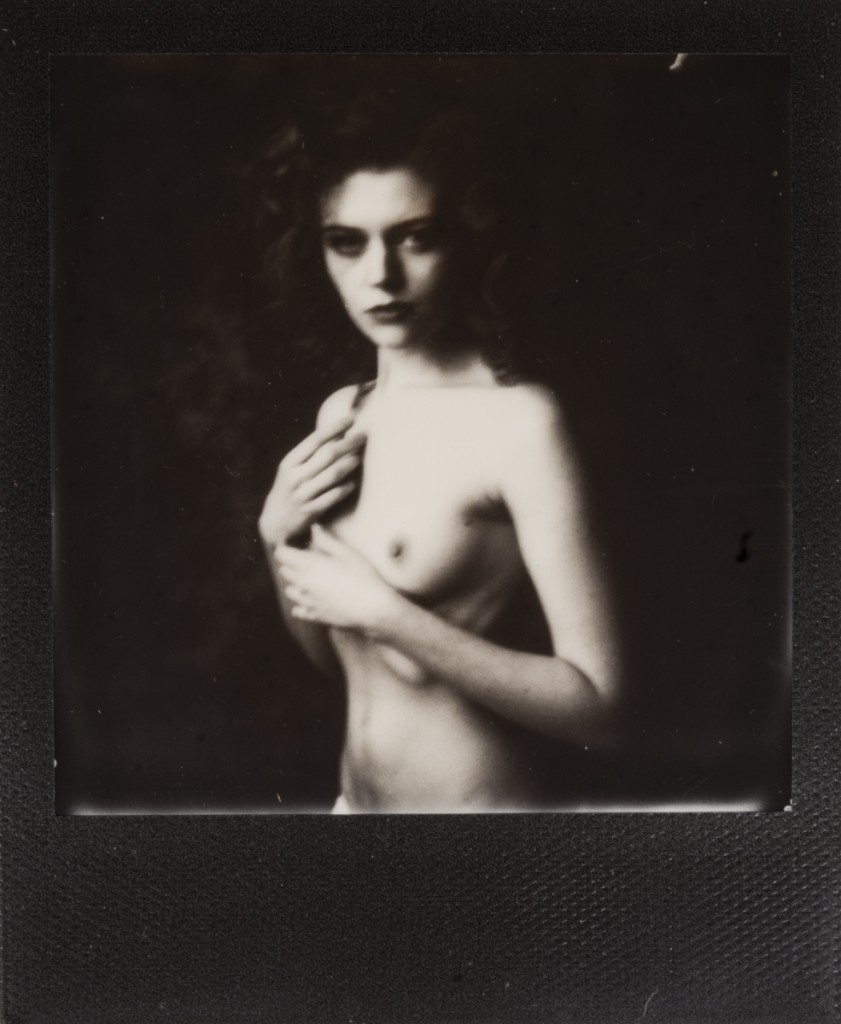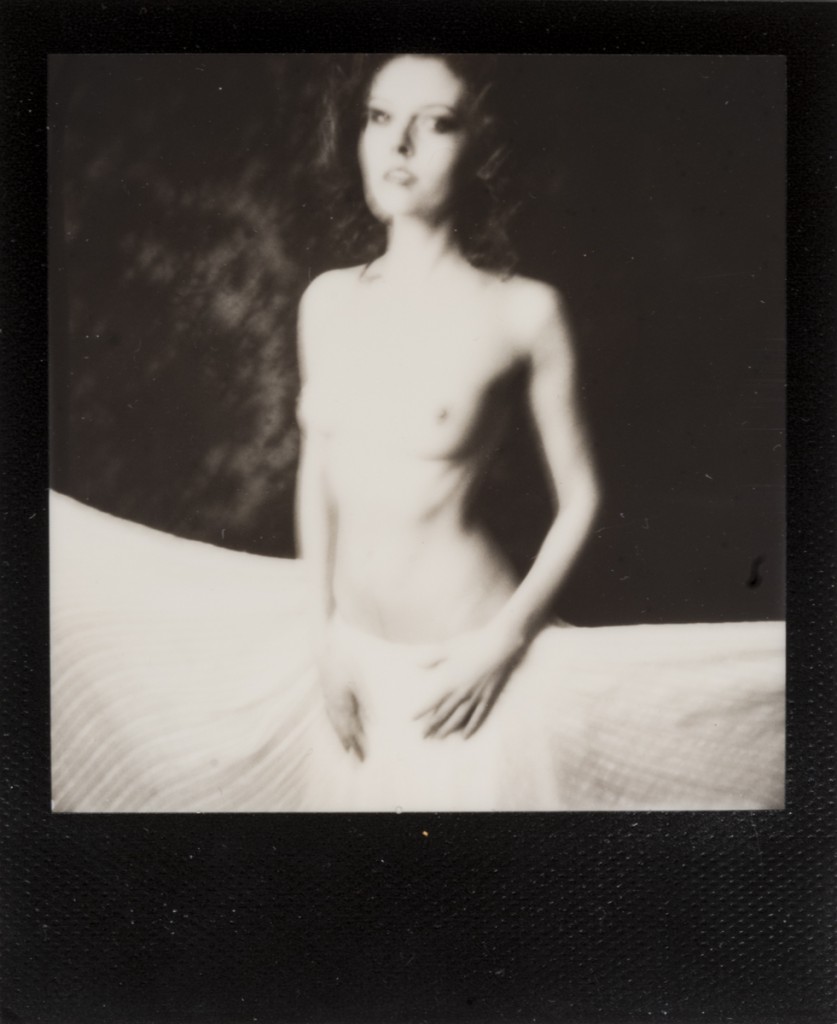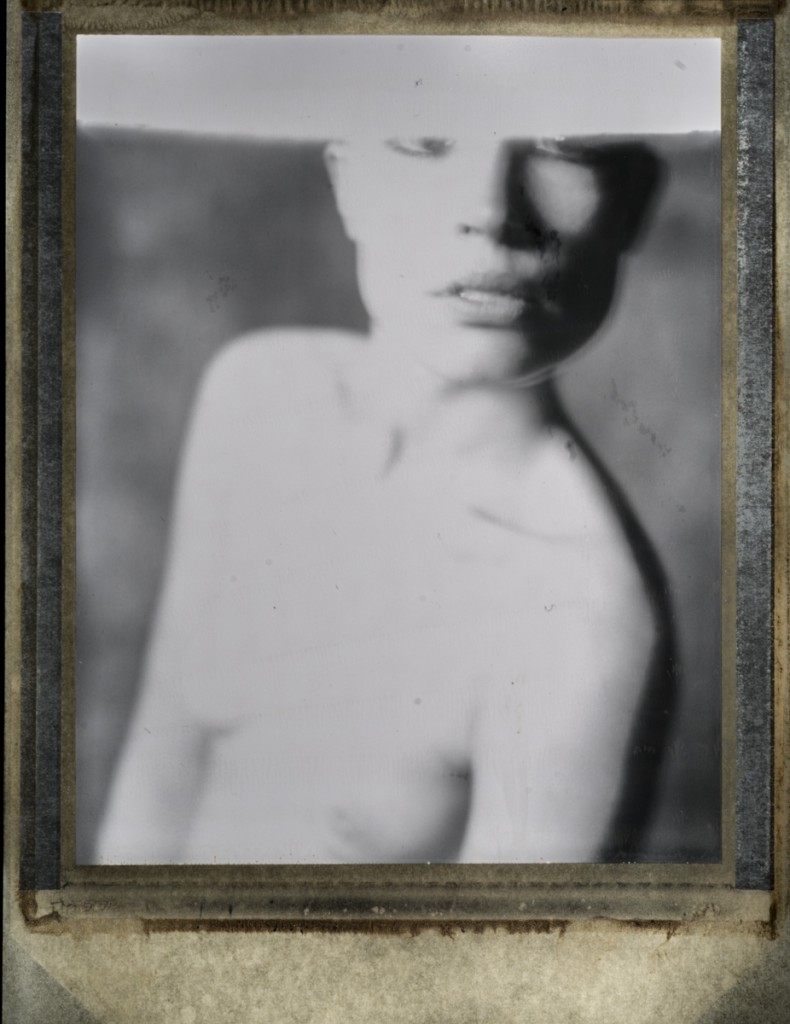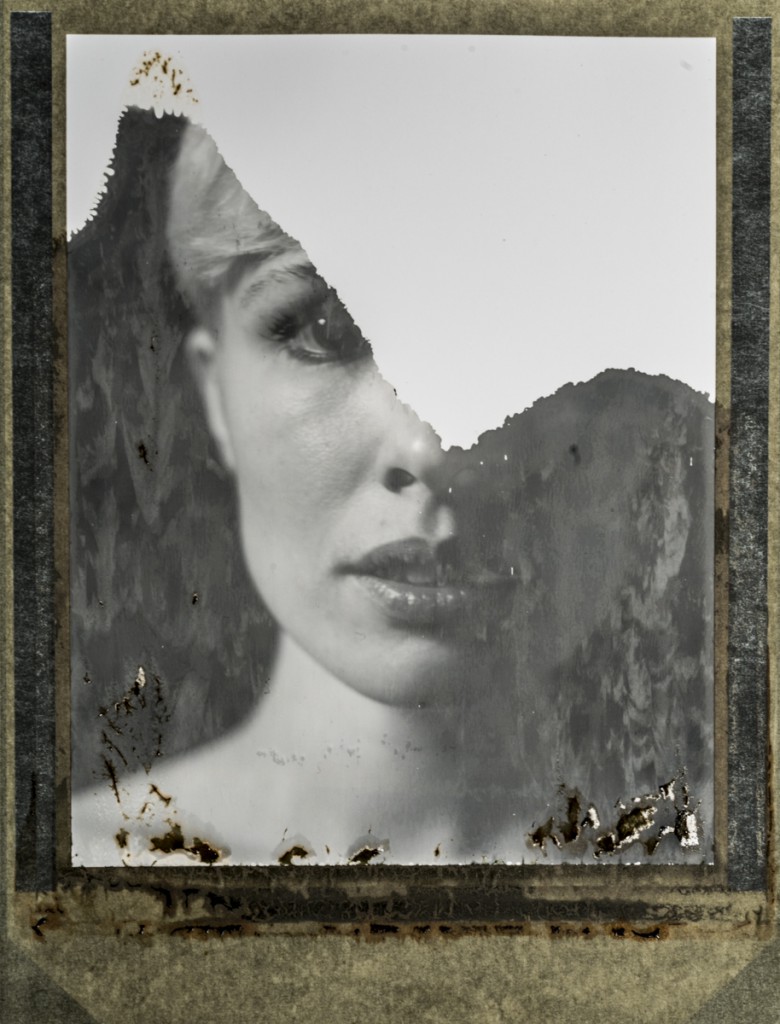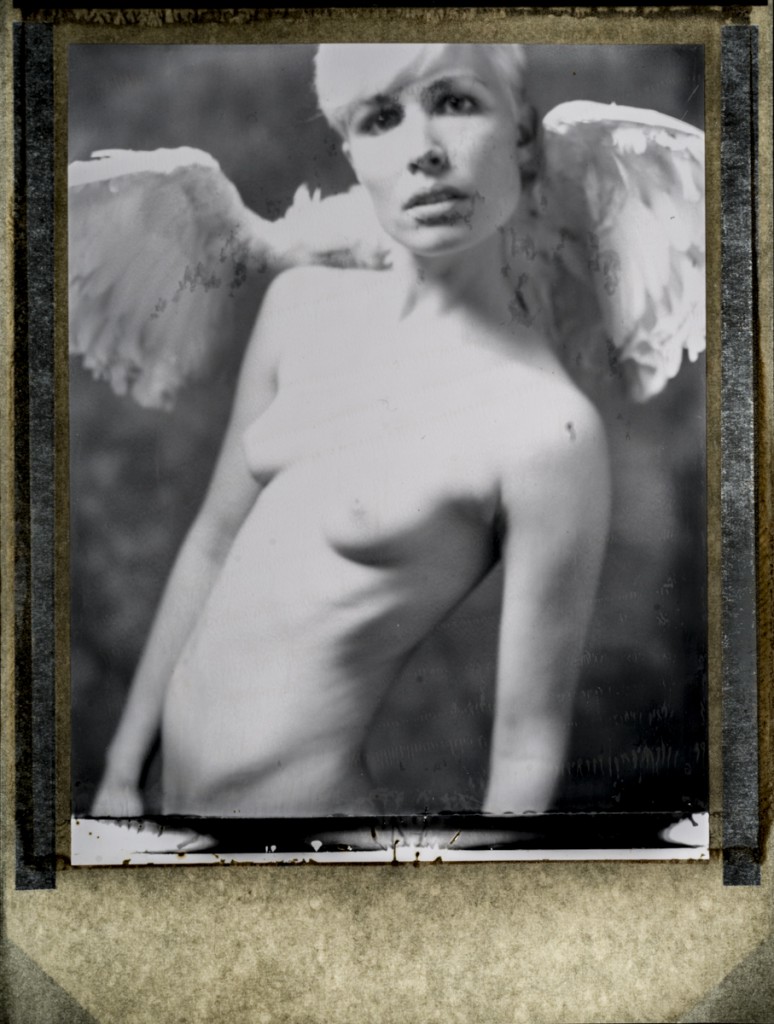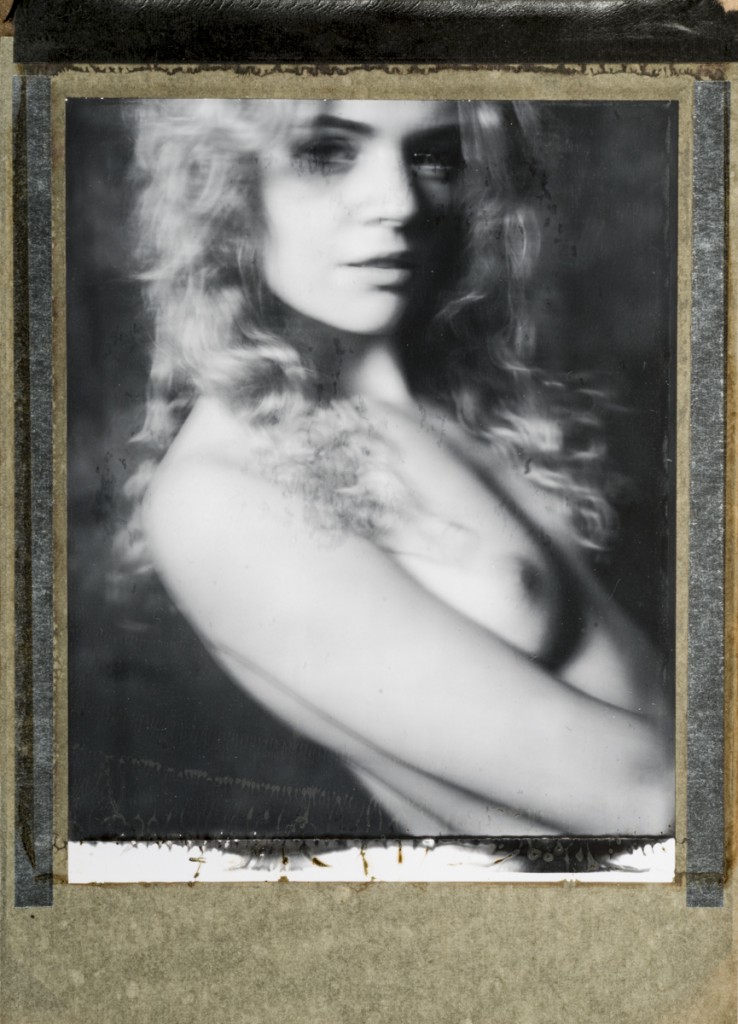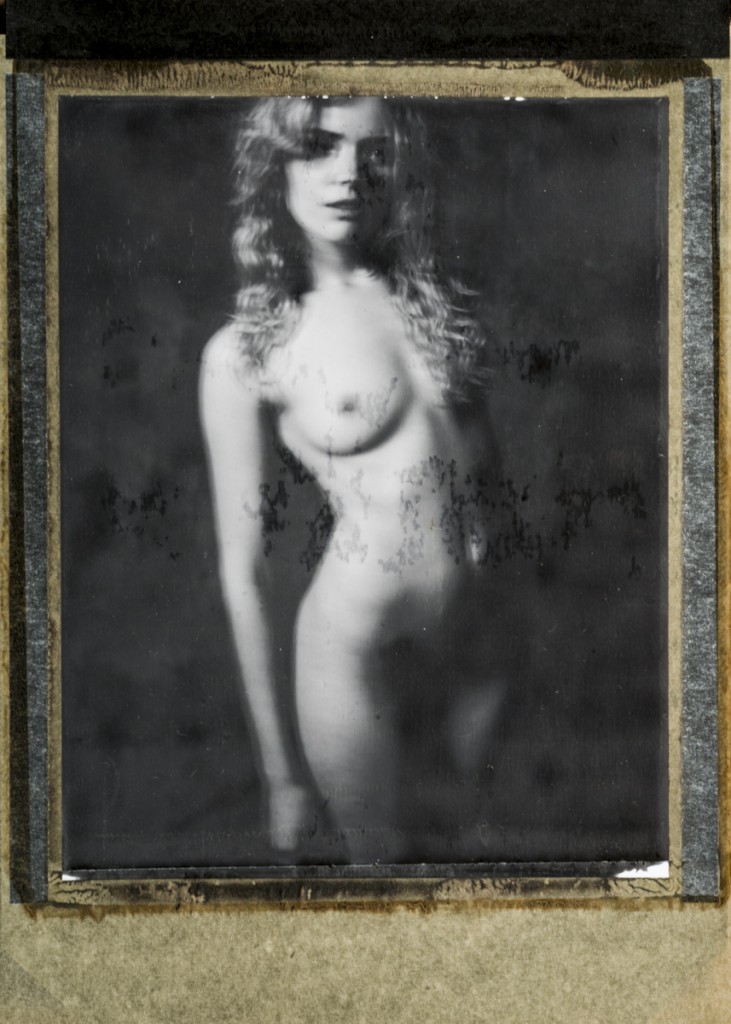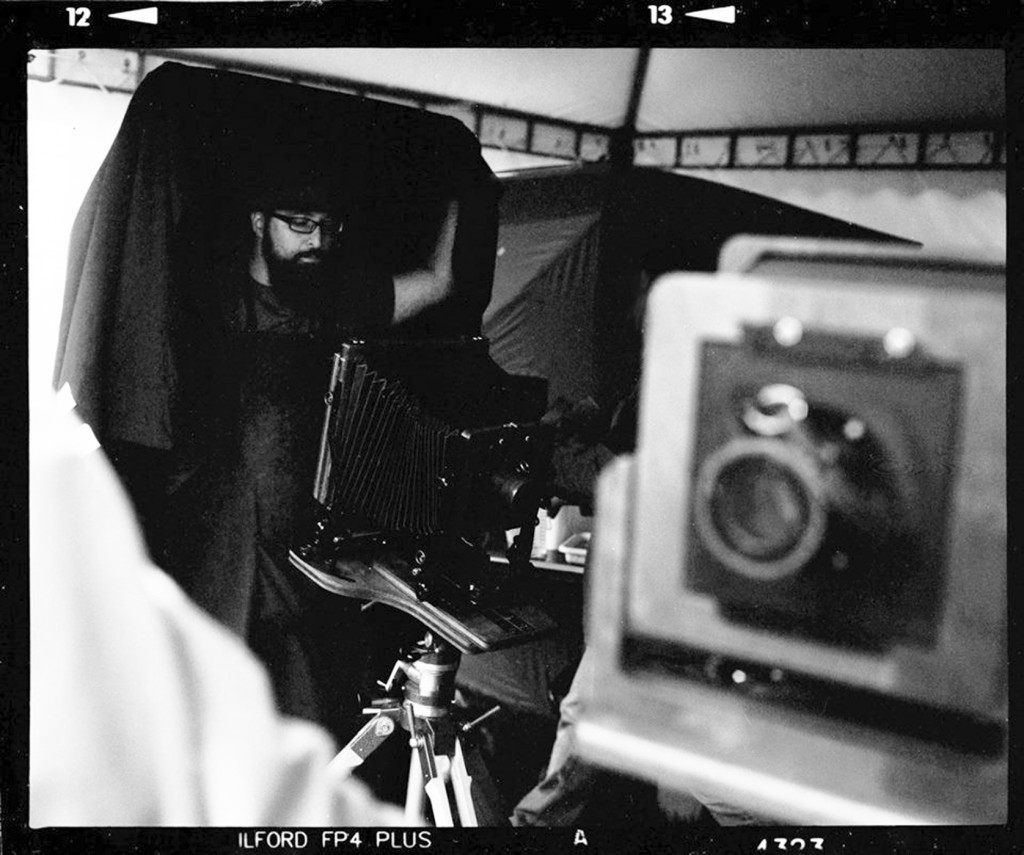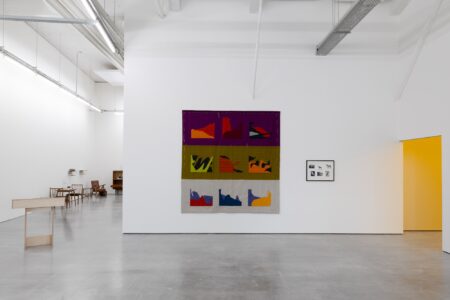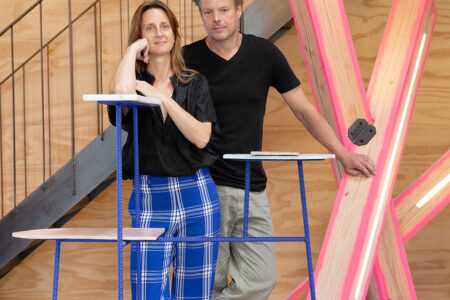Spazio Nobile: Silvano Magnone
Spazio Nobile gallery extends its third season Silver Edition exhibition – 25 November 2016 to 19 February 2017 – with a special showcase of Silvano Magnone photography. In line with the selection of 25 reflective, iridescent and shiny design objects, the Brussels-based photographer reveals large format prints that re-employ old silver-like techniques. With his Cyanotypes, Lith Prints and Polaroid collections on view at the Brussels gallery, Magnone speaks to TLmag about his inspirations and process.
TLmag: With an anthropological background, what does the photographic medium offer you as an artist and/or documentarian?
Silvano Magnone: I worked in theatre, music and video (especially for documentary project) before shifting full time to photography. With experiences in experimental theatre and its anthropological approach, I fostered an undying interest in human beings. This explains my love and attachment to portrait photography.
For 15-year, I moved often, having lived in Rome, Naples, Bologna, Gent, Antwerp and finally Brussels. During that time, I didn’t really have a set home. However, this transience gave me the desire to find stability. Discovering the darkroom as a creative space and vintage photography as a medium allowed me to foster a new focus.
TLmag: How do the historic techniques, materials, and crafting processes you employ further the goal or message of the images you capture?
S.M.: Reviving 19th-century photography – when the medium was first invented – came as a natural step. An image produced using old techniques can very quickly be seen as ‘different.’ It’s this tendency and surface level assessment that scared me the most when first researching alternatively historic methods.
Other methods that I experiment with include cyanotypes, kallitypes, precious platinum and palladium prints. For the exhibition at Spazio Nobile, I’m presenting two platinum prints made in collaboration with the Italian ‘maestro’ of platinum Giancarlo Vaiarelli. It’s an honour for me to have his signature and interpretation on my work. In the future, I’m planning to work with antique techniques like carbon prints, gum bichromate and my own platinum prints.
TLmag: What subject matters do you address is series like Cyanotypes, Lith Prints, Polaroid and Wetplates? Do you value your process or results more?
S.M.: I don’t think that the slowed-down process I employ remains for the service of the image itself. The power of beauty should stay the same regardless of whether or not it’s achieved with a wet plate collodion technique – produced by an 1850 view camera – or a fifty-million-megapixel capture – produced by a digital camera.
The older techniques allow me to get closer to the subject matter. The form of a large wooden camera forces me to step back and interact with the models I shoot. Capturing the image takes an hour or more of prep time, which allows me to negotiate every detail. There is no postproduction. What you see on the ground-glass is what you get. As one-off wet plates, no two images can be reproduced as the same.
Season III – Silver Edition
till 19 February 2017
Spazio Nobile Gallery
Rue Franz Merjay 142, Brussels
